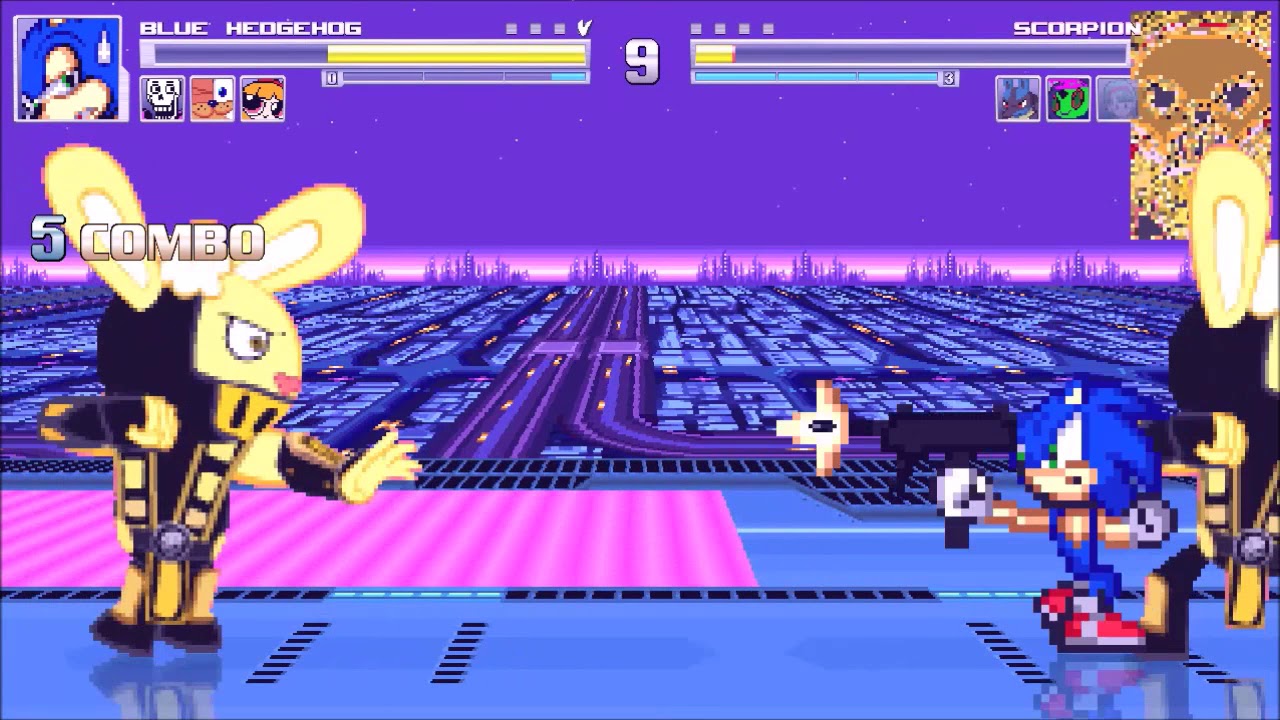
The collection grew and the mission broadened. With the revival of classical learning, Renaissance popes began to preserve the marble instead, putting the best pieces on display in the Belvedere’s Octagonal Courtyard. For centuries, the bountiful supply of ancient statuary unearthed in Rome had been burned for lime to make mortar. The creators of what are now the Vatican Museums, half a millennium ago, were driven by a radical change in perspective. We decided to start the evening where the museums themselves had started, in the Belvedere Palace. The space these buildings enclose is divided into courtyards. Two long loggias link north to south and form the rectangle’s sides. Peter’s Basilica, a quarter of a mile away, is the Sistine Chapel. To the north, the Belvedere Palace, which began life as a 15th-century papal villa, lies hard against Vatican City’s massive walls. The Vatican Museums- there are many separate units-occupy what is essentially a rectangle. The nightly lockdown begins: Gianni Crea at the central security station, Atrium of the Four Gates (Alex Majoli / Magnum / Vatican for The Atlantic) His father, Costanzo, had served Pope John Paul II as a personal bodyguard. Not unusually, Matteo represents a second generation with a Vatican calling. I would always be in the company of the clavigero and of another member of the staff, by turns Matteo Alessandrini, the head of the press office, and a colleague, Megan Eckley, both of whom I knew well. A few months ago, I got my wish: The Vatican Museums agreed to let me spend most of a night inside and to go wherever I wanted. But I had long wanted to experience the museums in a different way: to wander the four and a half miles of hallways after the doors close and to be there in the early hours before the doors open to explore the collection-the 20,000 sculptures and paintings and other works on display-as night settles over Rome and the galleries adjust to a quieter state of being. Over the years I had written about some of the museums’ activities, and on several occasions had met with the director, the art historian Barbara Jatta. I HAD COME OFTEN to the Vatican Museums ever since a first visit when I was in grade school. The key in the vault was the key to the Sistine Chapel. If Lewis Carroll had invented a nuclear-launch protocol for the Holy See, this might have been it. I opened the vault and found another key. He handed the key to me, gesturing to a tiny, unmarked vault in the wall of the bunker. He had picked up the key that morning from a command post at the Porta Sant’Anna, one of the Vatican gateways, and would return it shortly before midnight. The flap, now torn, bore his signature and had been stamped with the papal coat of arms.

He kept a larger set of keys for himself, so that he and I could make our way anywhere.īefore leaving the bunker, Crea had taken a key from an envelope. On this night, when the last of the visitors had gone, Crea piled a tangle of keys on the counter of the security station, then handed out key rings to his staff. The screen gives the enclosure a quiet glow.Įach sector of the museum has its own large key ring, the kind carried by a jailer. Behind the glass, alongside a crucifix and a photograph of Pope Francis, a flatscreen presents live images from security cameras. At the glassed-in security station in the Atrium of the Four Gates, departing guards punch time cards. Behind them, here and there, lights begin to dim. Over the next two hours, until the exit doors are also closed, the last visitors proceed through the hallways. The heavy bronze doors at the museums’ main entrance are pulled shut every afternoon at 4 p.m. Check out more from this issue and find your next story to read.


 0 kommentar(er)
0 kommentar(er)
